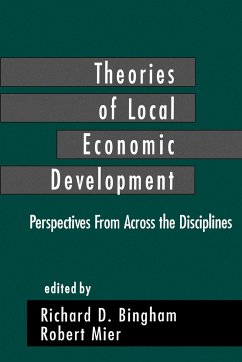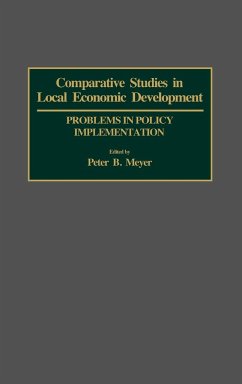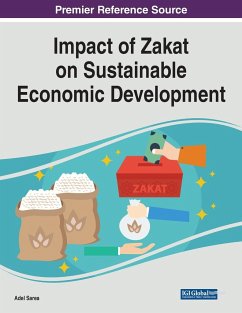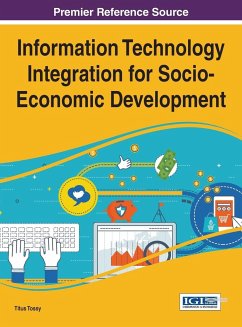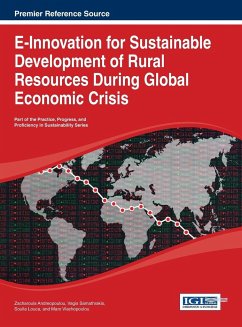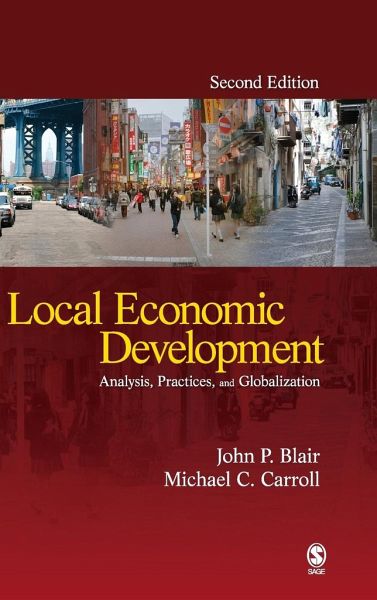
Local Economic Development
Analysis, Practices, and Globalization
Versandkostenfrei!
Versandfertig in 1-2 Wochen
213,99 €
inkl. MwSt.

PAYBACK Punkte
107 °P sammeln!
Comprehensive coverage of traditional economic problems and issues are strengthened in this textbook by the recognition that the economic perspective should be supplemented by insights from other social sciences. Features of this new Second Edition include: - concepts, theories and tools are emphasized rather than specific programmes - traditional topics such as location of activities, growth and development, economic structure, land use, neighbourhood development, and governance are presented in ways that connect theory to 'the ground' realities - economic problems including transportation, p...
Comprehensive coverage of traditional economic problems and issues are strengthened in this textbook by the recognition that the economic perspective should be supplemented by insights from other social sciences. Features of this new Second Edition include: - concepts, theories and tools are emphasized rather than specific programmes - traditional topics such as location of activities, growth and development, economic structure, land use, neighbourhood development, and governance are presented in ways that connect theory to 'the ground' realities - economic problems including transportation, poverty, immigration, education, urban management and housing are covered within the context of regional development - numerous quantitative tools including location quotients, shift/share analysis, local multipliers, input-output analysis, statistical modeling, cost/benefit studies, discounted cash-flow analysis, among others, are described in an easy-to-understand manner.





